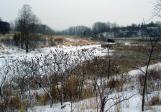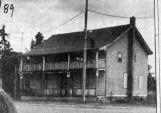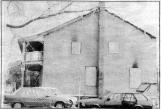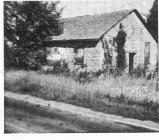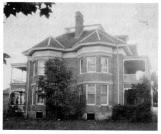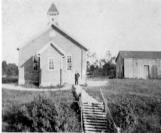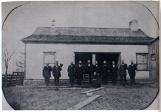1
The western half of Upper Stoney Creek was once home to a number of thriving hamlets: Mount Albion, Greentown, Elfrida.Bypassed by development, these tiny crossroads declined in the late 19th and early 20th century.
Some, like Elfrida however, have been reinvented as bedroom communities, while others, like Mount Albion (Satellite City) have been overwhelmed by suburban sprawl.
2
Mount Albion (sometimes known as Albionville or Albion Falls) was centred around the easiest escarpment access through the Red Hill Valley. The drop where the creek fell over the edge of the "Mountain" provided a superior location for a mill and a hamlet sprang up at the road intersection just east of the falls (modern day Mount Albion Road and Old Mud Street).7
Mount Albion had its own inns (2), blacksmith shops (2), churches (at least 3) and a school.13
East and south of the hamlet of Mount Albion, settlement was spread out.Early settlers included the Davis family (for whom Davis Creek, running through Valley Park, is named) and the Felker family (owner of of the property upon which the Felkers Falls conservation area now sits).
West of the falls was a general store. A toll booth restricted road access to the Township of Barton.



